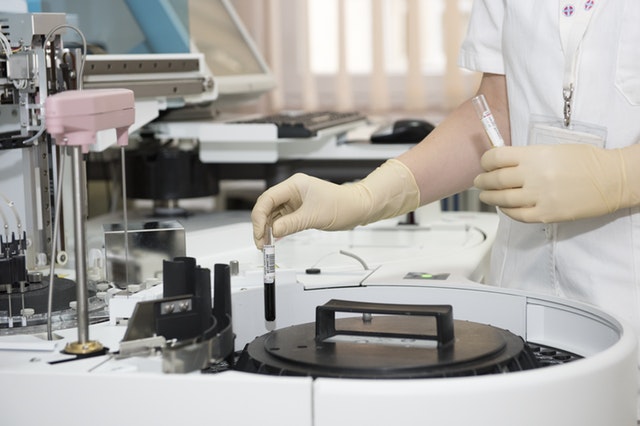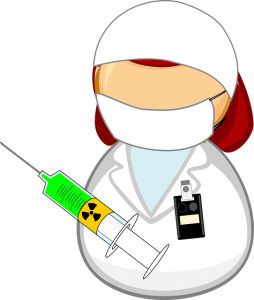The correct storage of hospital radioactive waste is essential so that people do not get contaminated.
It is important that the generator does not store the waste directly on the floor, but in appropriate containers. Deposits must also be constructed following specific specifications.
 At the final destination, the waste usually goes to the ground, inside suitable material and then covered with concrete, so as not to affect people and the environment.
At the final destination, the waste usually goes to the ground, inside suitable material and then covered with concrete, so as not to affect people and the environment.
Avoid Improper Disposal
The main problems of the hospital waste radioactive are that it remains contaminated for an extended period. It can reach over 100 thousand years. It also represents a constant risk in case of radiation leakage. The consequences are dangerous such as burns, cancer, inadequate training of children, and depending on the degree of radiation, lead to death.
The radioactivity of this residue decreases with time. However, the disposal must be done correctly. All radioactive material has a half-life, that is, the time required to lose half of its radioactivity. Eventually, all radioactive waste decays to a nonradioactive element.
Know The Scrutineering Agencies
The bodies responsible for monitoring hospital radioactive waste are the National Sanitary Surveillance Agency (ANVISA), the National Environment Council (CONAMA) and the National Nuclear Energy Commission (CNEN).
 The supervision of ANVISA is done through RDC n. 306, to avoid accidents and bring benefits to public health. CONAMA oversees through Resolution n. 358. The agency supervises all waste produced by hospital units, except for the radioactive waste that must be sent to CNN.
The supervision of ANVISA is done through RDC n. 306, to avoid accidents and bring benefits to public health. CONAMA oversees through Resolution n. 358. The agency supervises all waste produced by hospital units, except for the radioactive waste that must be sent to CNN.
Even CNN is the most significant responsibility for radioactive waste, the other agencies act as co-inspectors, contributing to the preservation of the environment and the health of the population.
Given this, we conclude that it is of fundamental importance that the principles of disposal be followed by those who generate radioactive waste hospital. As well as those responsible for transportation and the final disposition, because the risks to human health and the environment are severe. With the certification in the Environmental Management System, the company finds other programs that help in the management of waste.
…
 The management of hospital radioactive waste has as its principle the protection of human health and the environment. For this, all precautions are taken in the steps of collection, segregation, handling, treatment, packaging, transportation, storage, and disposal.
The management of hospital radioactive waste has as its principle the protection of human health and the environment. For this, all precautions are taken in the steps of collection, segregation, handling, treatment, packaging, transportation, storage, and disposal.